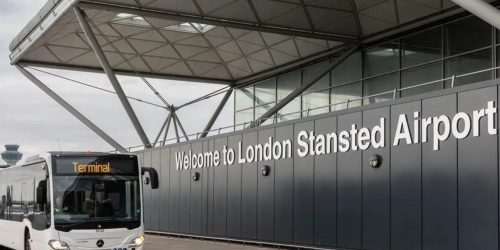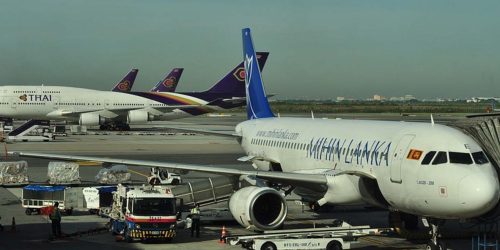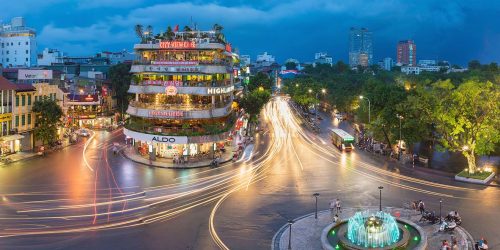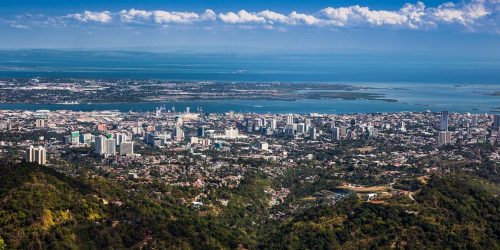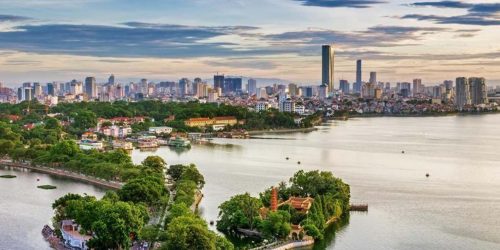Flying to Paris from Around the World: Flight Options, Airport Guide, and Entry Requirements
Paris, one of the most popular travel destinations globally, attracts millions of visitors every year. From art museums to the romantic banks of the Seine River, from the fashionable Champs-Élysées to the historic Notre-Dame Cathedral, every corner of Paris exudes charm. For first-time visitors flying to Paris, planning flights, choosing the right airport, and understanding entry requirements are crucial parts of the trip.
1. Flight Options: How to Choose the Right Flight?
1.1 Major Airlines Flying to Paris from Around the World
Paris is a major international aviation hub, with numerous airlines offering flights to the city. Depending on your location, choosing the right flight and airline is essential. Here are some well-known airlines that provide flights to Paris from various parts of the world:
- Air France: As the national airline of France, Air France offers direct flights to Paris from major cities worldwide. Whether you’re traveling from the United States, Asia, or Europe, Air France provides excellent service and a wide range of flight options.
- Air China: One of China’s leading airlines, Air China offers direct flights to Paris from cities such as Beijing and Shanghai. Air France and Air China also provide joint flight services, making it easier for Chinese travelers to reach Paris.
- Lufthansa: If there are no direct flights to Paris from your city, Lufthansa is a great option. With a layover in Frankfurt or Munich, Lufthansa offers quick and convenient flights.
- British Airways: British Airways offers flights to Paris from cities like London. If you’re located in the UK or nearby regions, choosing British Airways is very convenient.
- Singapore Airlines: If you’re based in Asia, particularly Singapore or neighboring countries, Singapore Airlines offers high-quality service and direct flights to Paris.
- Other Airlines: Additionally, airlines like Emirates, Qatar Airways, and Etihad Airways also provide flights to Paris from various parts of the world, especially from Asia, Africa, and Australia. These airlines are known for their high service standards, offering spacious cabins and excellent in-flight services.
1.2 Direct Flights vs. Connecting Flights
If you have limited time, a direct flight is the most convenient option, even though it might be slightly more expensive. Direct flights reduce layover time, allowing you to reach your destination quickly. If there are no direct flights from your departure city, a connecting flight is a more economical choice. Connecting flights usually have layovers in major hub cities in Europe or the Middle East (such as Frankfurt, London, Amsterdam, or Doha), and while the journey takes longer, the ticket price is generally cheaper.
1.3 Airline Services and Ticket Prices
Different airlines offer varying levels of service and pricing. Generally, large international airlines (such as Air France, Lufthansa, and British Airways) provide high-quality cabin services, including entertainment options, meals, and comfortable seating. However, low-cost airlines (such as EasyJet, Ryanair, etc.) might offer simpler services, but at a more affordable price. Depending on your budget and needs, choose the airline and class that best suit your preferences for a more comfortable journey.
2. Paris’s Main Airports: How to Arrive Smoothly?
Paris has two major international airports: Charles de Gaulle Airport (CDG) and Orly Airport (ORY). Understanding the basic information and facilities of Paris airports will help ensure a smooth arrival and quick transfer into the city.
2.1 Charles de Gaulle Airport (CDG)
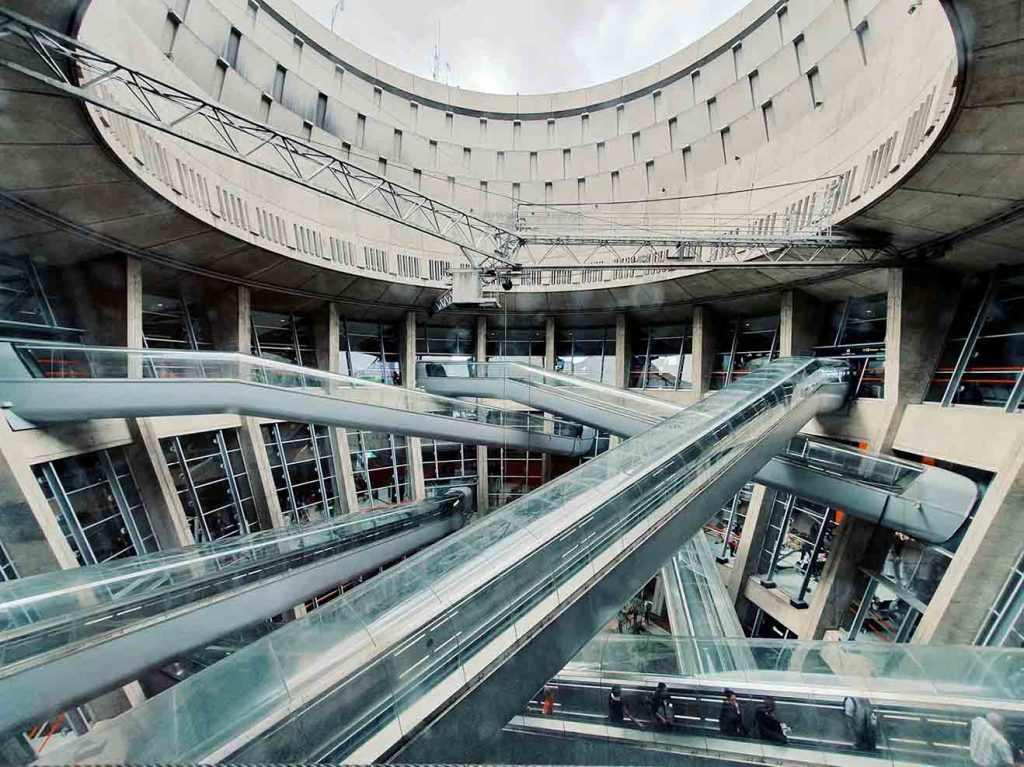
Charles de Gaulle Airport is Paris’s largest international airport and Europe’s second-largest aviation hub, located about 25 kilometers northeast of the city center. CDG mainly handles international flights, especially long-haul flights. For travelers arriving from all over the world, Charles de Gaulle is the most common arrival airport in Paris.
2.1.1 Airport Facilities and Transportation
Charles de Gaulle Airport has multiple terminals, with Terminals 1 and 2 being the main terminals. Terminal 1 primarily serves other international airlines, while Terminal 2 is the main terminal for Air France and its partners.
The airport is well-equipped with facilities, including dining options, shopping, duty-free stores, banks, and free Wi-Fi. For those looking to purchase souvenirs, the duty-free stores offer a variety of shopping choices.
To get from Charles de Gaulle Airport to the city center, visitors can choose from the following transportation options:
- RER B Line (Paris City Rail): This is the most common and convenient option, taking about 40 minutes to reach major train stations in Paris, such as Gare du Nord and the Latin Quarter.
- Taxis and Ride Services: Taxis can take you directly to any destination in the city, though they tend to be more expensive. The starting fare is around €50, and the price may vary depending on the destination and traffic conditions.
- Airport Shuttles: An airport shuttle is a more economical option, especially for travelers with a lot of luggage. You can take the shuttle directly to major train stations in Paris.
2.2 Orly Airport (ORY)
Orly Airport is located about 13 kilometers south of Paris, primarily handling flights from Europe, Africa, and domestic routes. Although smaller than Charles de Gaulle, Orly is a convenient airport for some international and regional flights.
2.2.1 Airport Facilities and Transportation
Orly Airport has two main terminals: the South Terminal (Orly Sud) and the West Terminal (Orly Ouest). Both terminals are equipped with restaurants, shops, and ATMs, allowing travelers to relax and shop while waiting for their next flight.
Transportation options to the city center from Orly Airport include:
- Orlyval Light Rail and RER B Line: You can take the Orlyval light rail to Antony station and then transfer to the RER B line to central Paris. This is a convenient and cost-effective way to travel.
- Taxis and Ride Services: Taxis from Orly to central Paris cost around €30-35, depending on traffic and your destination.
- Airport Shuttles: Orly also offers airport shuttle services that go directly to major train stations in Paris.
2.3 Tips for Airport Transportation in Paris
- If you have a lot of luggage, it’s recommended to take a taxi or ride service, even though they are more expensive, as they provide more comfort and convenience.
- If you’re unfamiliar with public transport, taking the RER B line or the airport shuttle is a cost-effective and convenient option.
- Avoid traveling during peak hours, especially during the morning and evening rush hours, as Paris’s traffic can be heavy.
- Make sure to research and plan your airport-to-hotel transportation in advance to ensure a smooth transfer to your accommodation.
3. Entry Requirements: Smooth Customs and Immigration Process
3.1 Paris’s Entry Policy
As a member of the Schengen Area, France has clear entry regulations for visitors from non-Schengen countries. All visitors must provide a valid passport and visa (if applicable) upon entry. For those holding a short-term Schengen visa, they can stay in France for up to 90 days.
3.1.1 Required Entry Documents
- Passport: Your passport must be valid for at least six months beyond your planned stay.
- Visa: If you’re from a country that requires a visa, ensure you apply for a Schengen visa before your trip.
- Return Ticket: Some visitors may be asked to provide a return ticket to prove that they will leave France within the allowed period.
- Accommodation Proof: In some cases, you may need to show proof of accommodation arrangements (such as hotel bookings) during your stay in Paris.
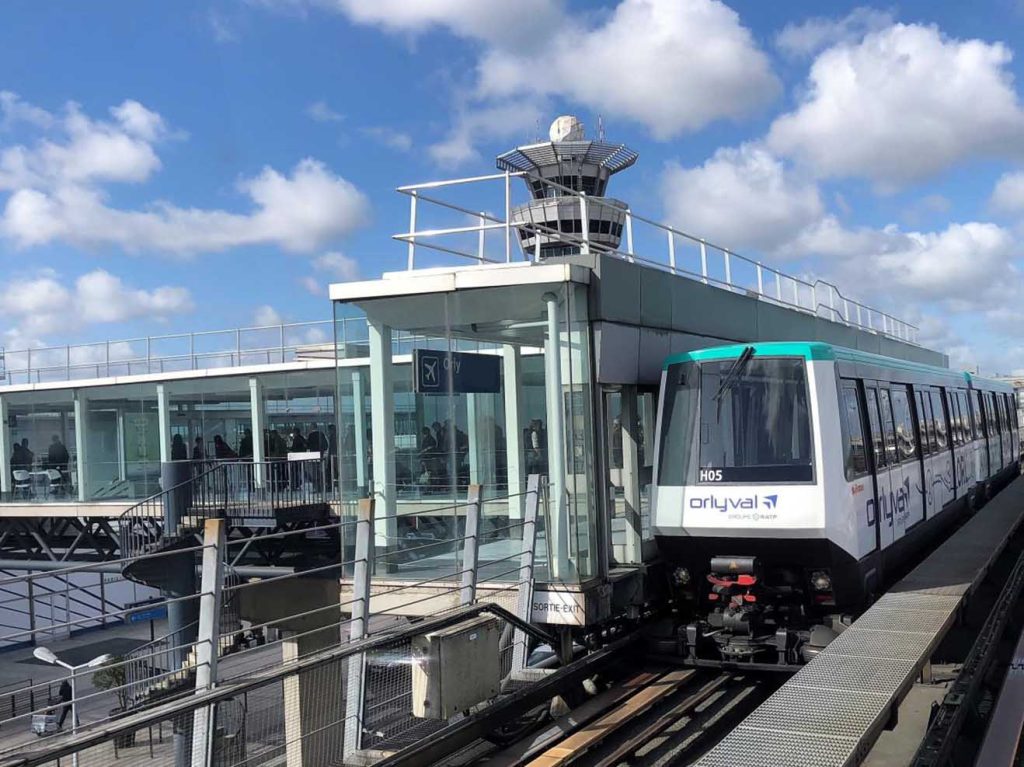
3.2 Immigration Check and Customs Regulations
Upon arrival in Paris, visitors must go through immigration control where French immigration officers will review their passport, visa (if required), and the purpose of their visit. While this process may seem daunting for first-time travelers, it is usually quick and efficient. The immigration officers may ask you questions regarding your travel plans, such as how long you intend to stay, where you will be staying, and the purpose of your visit. Be prepared to answer these questions clearly. The waiting time at the immigration control depends on the time of day, with peak hours being busier, but generally, it does not take long for most passengers to pass through.
3.2.1 Customs Regulations
France has relatively relaxed customs regulations, but there are still several important rules that travelers need to follow. For example, the importation of alcohol, cigarettes, and perfume is permitted, but only in limited quantities for personal use. Exceeding these limits could result in fines or confiscation. Additionally, certain products such as food, plants, and agricultural products are strictly controlled to prevent the introduction of diseases or pests. It is advisable to avoid bringing large quantities of food or plants into the country unless you are certain they are allowed. Moreover, visitors should be aware of the strict rules regarding the importation of medications. Some prescription drugs may require prior approval or documentation, so it is always best to check in advance to avoid issues at customs.
3.3 Electronic Entry System and Automated Immigration Control
To streamline the process and reduce waiting times, Paris’s airports, particularly Charles de Gaulle, have introduced automated immigration control systems. These systems enable travelers to quickly go through the immigration process using self-service kiosks. The process involves scanning the passport and undergoing facial recognition, which allows for a much faster and smoother entry experience. This system is especially convenient for travelers with biometric passports, as it eliminates the need for a manual passport check. However, travelers should be aware that automated control is not available to all passengers; it is typically available to citizens of the European Union, as well as travelers from countries that have agreements with the Schengen Area. Those who are not eligible for automated control will need to proceed through the regular immigration counters, but overall, the process is well-organized and efficient.
